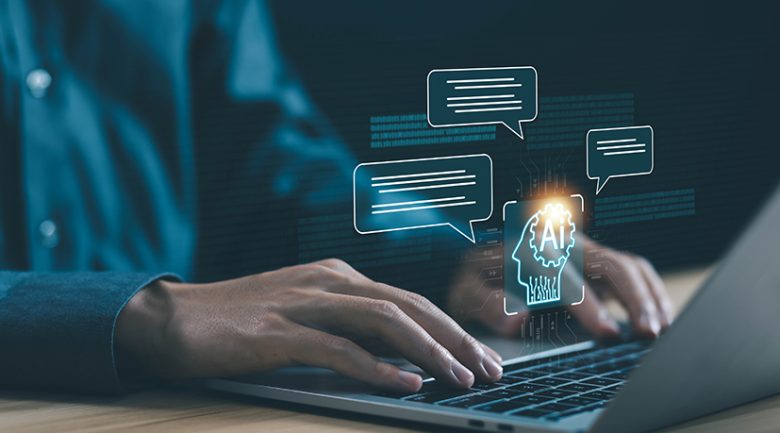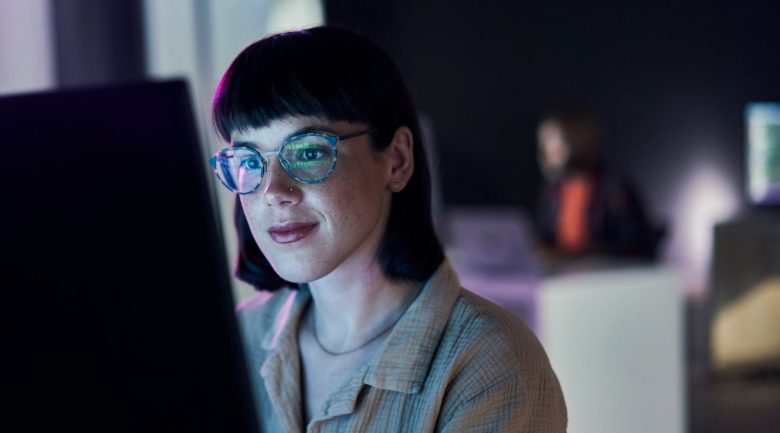Artificial Intelligence (AI) is transforming the way businesses operate, offering tools to automate tasks, analyze data, and improve decision-making. However, despite its many benefits, AI has limitations—especially when it comes to creativity. While AI can enhance efficiency and provide insights, it cannot replicate the human touch that drives innovation, empathy, and strategic thinking.
In this article, we’ll explore the limitations of AI and explain why it complements, rather than replaces, human creativity in business settings.
The Limitations of AI in Business
AI is powerful, but it’s not a magic solution for every business challenge. Here are some key limitations to keep in mind:
1. Lack of Emotional Intelligence
AI can analyze data and provide insights, but it lacks the ability to understand emotions, empathy, and human context.
Example: While AI chatbots like Tidio can handle routine customer inquiries, they struggle with complex or emotionally charged issues that require a human touch.
Why It Matters: Emotional intelligence is critical for building relationships, resolving conflicts, and creating meaningful customer experiences—areas where humans excel.
2. Limited Creativity and Innovation
AI is great at analyzing existing data and identifying patterns, but it struggles with true creativity and innovation.
Example: Tools like Canva use AI to suggest design templates, but it’s human creativity that turns those templates into unique, compelling visuals.
Why It Matters: Creativity is essential for developing new products, crafting compelling brand stories, and solving complex problems—tasks that require human imagination.
3. Dependence on Quality Data
AI relies on data to function effectively. If the data is biased, incomplete, or outdated, the results can be flawed.
Example: An AI tool might recommend marketing strategies that don’t resonate with your target audience if the data used to train it isn’t representative.
Why It Matters: Humans are better equipped to interpret data in context, identify biases, and make judgment calls when data is imperfect.
4. Inability to Adapt to Unpredictable Situations
AI operates within predefined parameters and struggles to adapt to unexpected or unique situations.
Example: During the COVID-19 pandemic, businesses had to pivot quickly to address new challenges. While AI could analyze data, it was human creativity and adaptability that drove innovative solutions.
Why It Matters: Humans excel at thinking outside the box and adapting to change—skills that are essential in dynamic business environments.
How AI Complements Human Creativity
While AI has limitations, it’s a powerful tool that can enhance human creativity and productivity. Here’s how:
1. Automating Repetitive Tasks
AI can handle repetitive, time-consuming tasks, freeing up your team to focus on creative and strategic work.
Example: Tools like QuickBooks use AI to automate bookkeeping, allowing your team to focus on financial strategy and planning.
Impact: By automating routine tasks, AI gives your team more time to innovate and solve complex problems.
2. Providing Data-Driven Insights
AI can analyze vast amounts of data to uncover trends and patterns, providing insights that inform creative decisions.
Example: Platforms like HubSpot CRM use AI to analyze customer interactions and identify high-potential leads, enabling your sales team to prioritize their efforts.
Impact: Data-driven insights help you make smarter decisions, but it’s human creativity that turns those insights into actionable strategies.
3. Enhancing Collaboration
AI tools can facilitate collaboration by streamlining communication and providing real-time feedback.
Example: Tools like Slack use AI to organize conversations, suggest relevant files, and automate routine tasks, making it easier for teams to collaborate effectively.
Impact: By improving communication and workflow, AI helps teams work together more efficiently, fostering creativity and innovation.
4. Supporting Creative Processes
AI can assist with creative tasks by providing inspiration, suggestions, and feedback.
Example: Tools like Grammarly use AI to provide writing suggestions, helping you craft compelling content while maintaining your unique voice.
Impact: AI can enhance creativity by offering new perspectives and ideas, but it’s up to humans to refine and execute those ideas.
Real-World Examples of AI and Human Creativity in Action
Here are a few ways businesses are leveraging AI to complement human creativity:
- Marketing: AI tools like Mailchimp analyze customer behavior to recommend personalized campaigns, but it’s human creativity that crafts the messaging and designs.
- Product Development: AI can suggest product ideas based on market trends, but it’s human innovation that brings those ideas to life.
- Customer Experience: AI chatbots handle routine inquiries, but human empathy and problem-solving skills are essential for resolving complex issues.
AI is a powerful tool that can enhance efficiency, provide insights, and support creative processes. However, it cannot replace the human creativity, empathy, and adaptability that drive innovation and build meaningful relationships. By understanding the limitations of AI and leveraging its strengths, small businesses can create a powerful synergy between technology and human expertise.
Embrace AI as a complement to your team’s creativity, and watch your business thrive!




